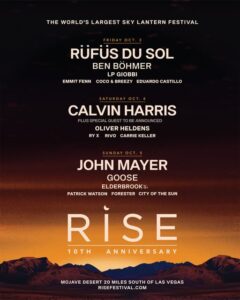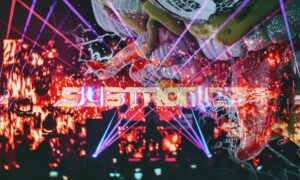Article by: Christian Langston
Being a musician is a taxing career. To succeed, the artist must pour themselves into the work they do both physically and emotionally. Long hours spent writing one song leads to shopping it out to labels, other artists, and blogs, all to hopefully pay rent for the month. In this new age of social media domination, the already overworked artist now has to be all-purpose; this is a dangerous trend for the creative mind.
Your average musician isn’t raking in millions of dollars, touring the world, or winning awards. Rather, they spend most of their time laboring on gig work and personal projects, attempting to cut their path through the entertainment world. With the technological takeover of the last two decades, independent artists are more readily able to break through the mold of the traditional music industry. The departure from a label-centric industry allows many of your favorite artists to exist, as they can release their music unaided and interact with their fans directly.
With this, however, comes an expectation of pantology. The independent artist can no longer be solely an artist. A website is the most basic necessity of the modern artist, as it is a hub for fans and a place to store a portfolio. This requires at least basic web design knowledge (more advanced if you truly want a custom site), strong branding sense, and graphic design skills.

Social media has become crucial to growing a fanbase, forcing the small artist into a marketing and PR role. Apart from the technical demand, they must also be their own model, warranting regular photoshoots wherein they must always consider wardrobe and personal appearance. Compound this across each platform (Facebook, Twitter, Instagram, etc.,) and there is already an abundance of work to be done. Similarly, platforms such as TikTok and Youtube require the same consistent interaction as social media, while including a video editing component.
As a result of the COVID-19 pandemic, artists flocked to streaming websites like Twitch, creating a necessity for high quality tech setups and live streaming prowess. This has quickly become a precedent for creatives. To create multiple revenue streams, artists have become teachers, offering lessons online for a premium, and are expected to release brand merchandise, requiring skill sets in e-commerce and fashion design.
Along with all of this comes the exigency for entertainment law and business knowledge. These are just a few examples of the most universal subsidiaries expected from artists today, not including the world of touring and performance where artists must travel and book their own shows. Fans may also expect their favorite artists to be investors, activists, or pundits on a multitude of potential topics.
One final thing to consider is most artists cannot sustain their life from music alone.
“Many musicians and singers find only part-time or intermittent work and may have long periods of unemployment between jobs. The stress of constantly looking for work leads many to accept permanent full-time jobs in other occupations while working part time as a musician or singer.” (Bureau of Labor Statistics, U.S. Department of Labor, Occupational Outlook Handbook, Musicians and Singers)
Thereupon the dilemma arises. With all these new requirements to be a successful artist, and a day job to boot, which venture takes a back seat to the rest? Unfortunately the answer is too often the music. With a 40-hour work week surrounded by social media, design, video editing, and business, the artist ultimately must continue to consistently release music. Unfortunately, each of the aforementioned tasks require creative energy, drawing it away from the essence of their artistry. The necessities expected of an artist become a hindrance to their art, resulting in the music being tenuous and uninspired.
The simple solution is clearly to hire this work out, but how much money would this cost? This calls for an artist manager, tour manager, social media manager, web designer, graphic designer, video editor, merchandiser, publicist, accountant, lawyer, and more. A full scale publicity campaign alone can easily cost thousands of dollars, so it is clear that this amount of outsourcing is unattainable for a majority of independent artists.
Too often we see talented artists calling it quits, discussing their burnout and loss of passion. This is only exacerbated by the multitude of hats we expect them to wear day in and day out. So maybe your favorite artist hasn’t released music in a while, or they don’t livestream as often as you’d like. That’s okay, because they are a musician first and foremost.
The age of the independent artist is an incredible thing, constantly bombarding listeners with amazing music. With this comes tools to connect with their listeners and share much more than their music. The fans now have an important responsibility to support their favorite artists, and encourage their creative process. We just waited seven years between Porter Robinson albums; be sure to afford that same patience to your favorite independent artists as well.













